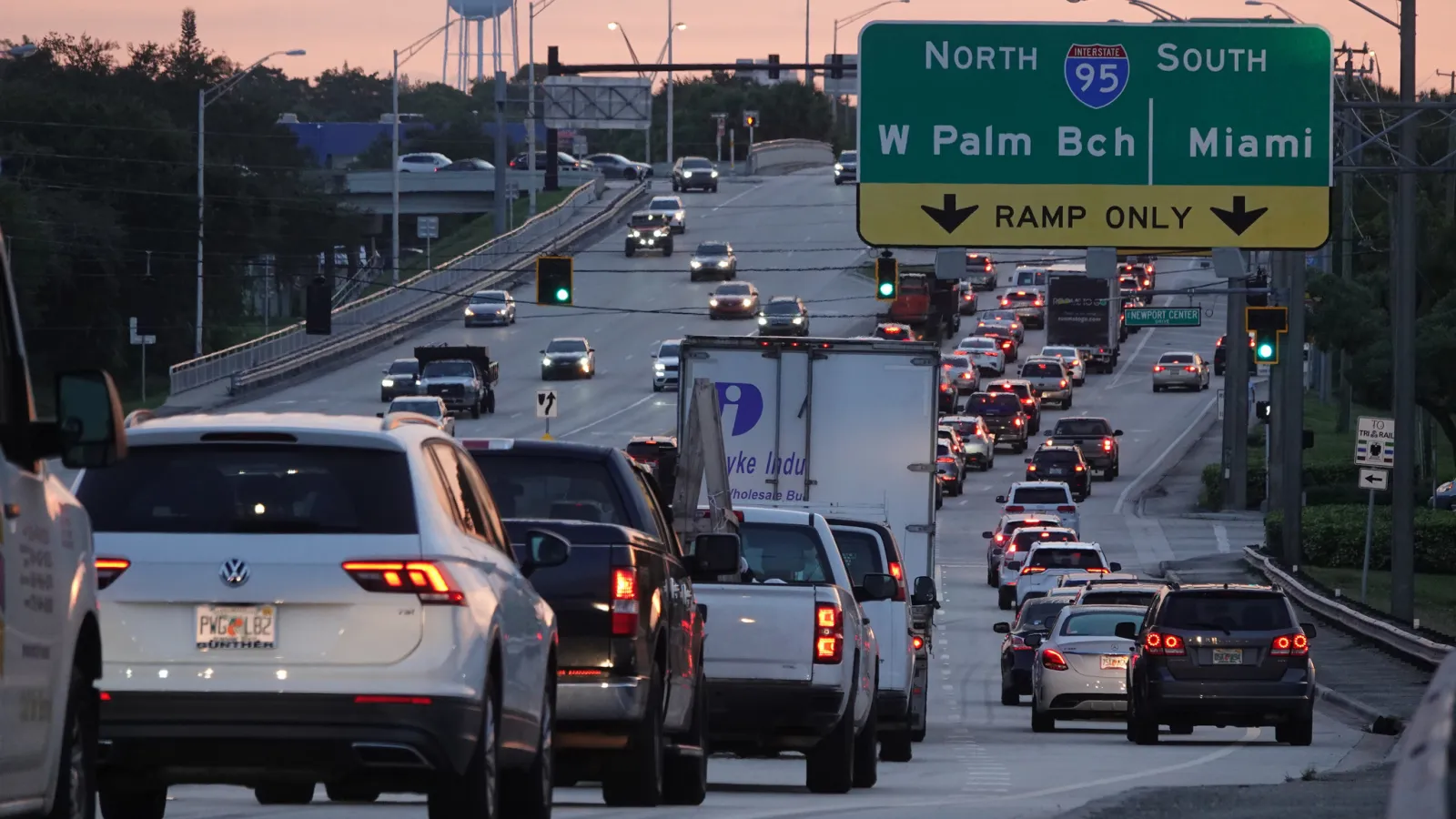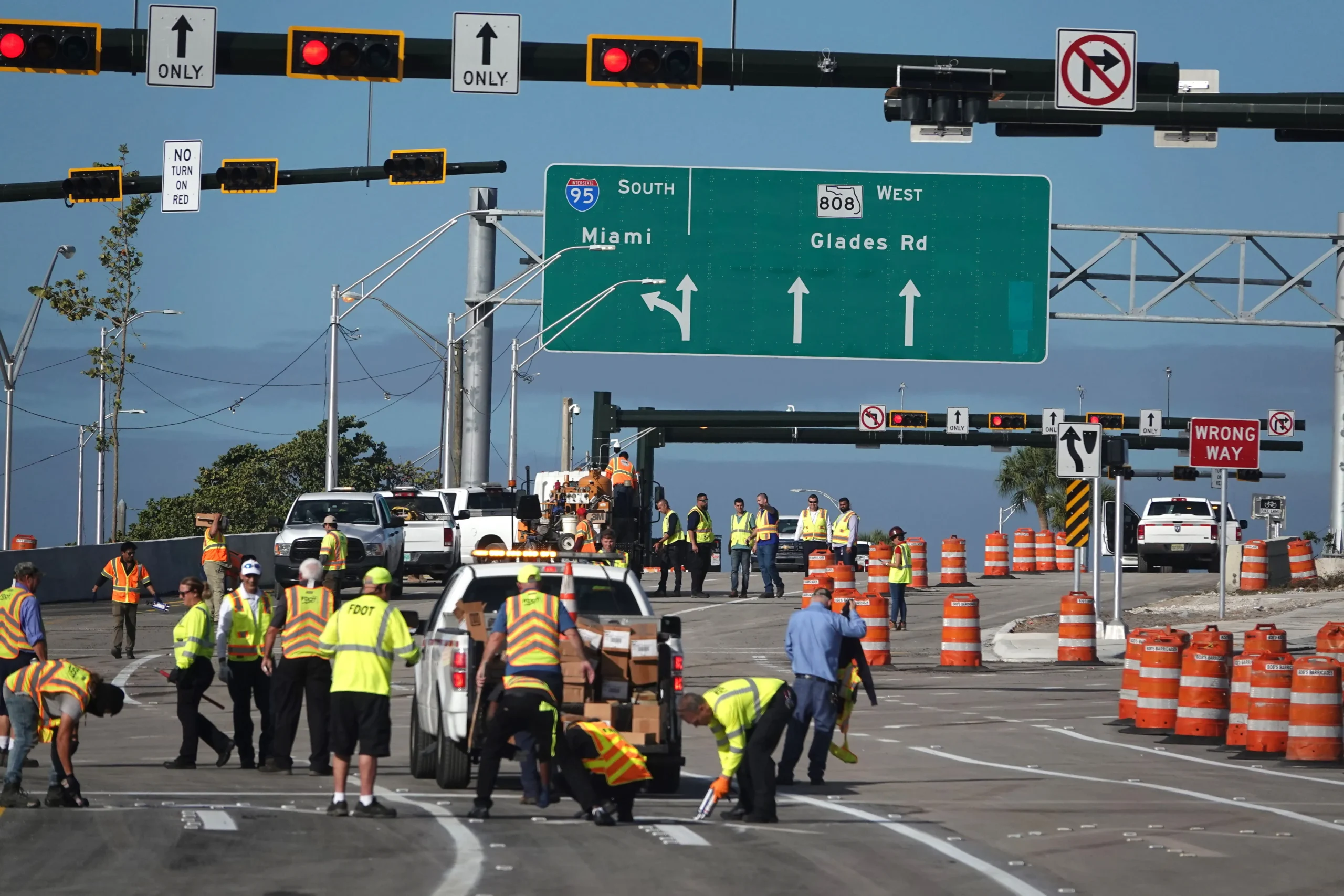DEERFIELD BEACH, FL — After years of delays, complaints, and logistical headaches, relief may finally be in sight for commuters navigating the daily tangle of traffic between Interstate 95 and the Sawgrass Expressway. A newly released design reveals an ambitious plan to overhaul the Southwest 10th Street corridor and if it all comes together, the ride could become significantly less painful.
A Smoother Ride — At Last?

The Fort Lauderdale office of engineering giant WSP has revealed its blueprint for a major infrastructure upgrade that would allow westbound drivers to bypass traffic lights and local congestion altogether. The centerpiece? A set of overpasses that will streamline the transition from I-95 to the Sawgrass Expressway.
Currently, travelers exiting I-95 are forced to funnel directly into surface-level local traffic on Southwest 10th Street, often grinding to a halt at intersections like Military Trail and Powerline Road. The new design proposes an overpass for each choke point, giving through-traffic a dedicated corridor and local drivers a long-overdue breather.
The Long-Awaited Connector
Dubbed the I-95/SW 10th Street Connector Interchange, the project aims to untangle one of Broward County’s most frustrating commuting bottlenecks. By diverting non-local drivers onto express lanes, planners hope to ease gridlock not just on 10th Street, but across a broader network connecting Palm Beach County to downtown Fort Lauderdale.
“We’re confident that routing non-local traffic onto dedicated connector lanes will help reduce travel time at peak hours by up to eight minutes for local traffic and as much as 14 minutes for highway traffic over current times,” said Yamila Hernandez, vice president and project manager at WSP, in a news release Friday. “That’s meaningful when you are trying to pick up your child at daycare or get to an appointment on time.”
From Resistance to Support
While the project now seems to have broad momentum, it wasn’t always smooth sailing. Initial proposals met stiff pushback from nearby neighborhoods, where residents feared the years-long construction process and potential spillover effects on local roads.
But minds appear to be changing.
In May, the Broward County Commission gave the green light to key canal improvements and related proposals needed to set the stage for the interchange. The commission’s approval was viewed as a turning point — a signal that both political and community support have coalesced around the vision.
A Decade in the Making?

Though excitement is building, patience will still be required. The Florida Department of Transportation (FDOT) has posted a preliminary construction schedule online, indicating that groundbreaking could begin as soon as this year. But full completion? That may not come until 2032.
Still, for thousands of commuters who sit in gridlock every day, the promise of shorter drive times — and fewer red lights — may make the wait worthwhile.



